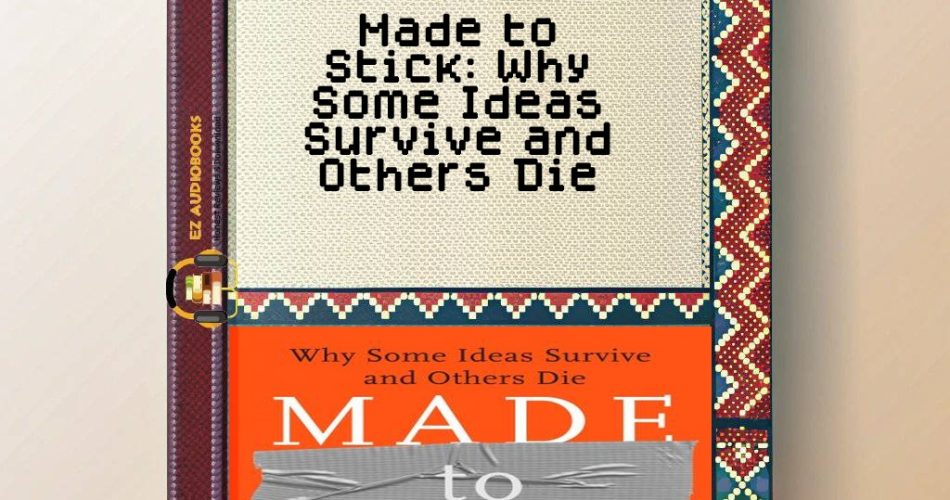Audiobook Sample
Listen to the sample to experience the story.
Please wait while we verify your browser...
- Title: Made to Stick: Why Some Ideas Survive and Others Die
- Author: Chip Heath, Dan Heath
- Narrator: Charles Kahlenberg
- Length: 08:30:00
- Version: Abridged
- Release Date: 09/01/2007
- Publisher: Random House (Audio)
- Genre: Non-Fiction, Self Development, Health & Wellness, Psychology, Non-Fiction, Self Development, Health & Wellness, Psychology
- ISBN13: 9.78E+12
There’s a particular magic to stories that linger in your mind long after the campfire burns low. I discovered this truth years ago in Oaxaca, watching abuelitas spin tales that would shape entire generations. That same magic pulses through ‘Made to Stick,’ where the Heath brothers dissect why some ideas take root in our collective consciousness while others fade like footprints in desert sand. Charles Kahlenberg’s narration carries the weight of a seasoned storyteller – his voice becomes the campfire around which these ideas gather, crackling with the same warmth and authority as those Mexican elders I so admired.
Listening to this audiobook while driving through New Mexico last month, I found myself pulling over repeatedly to jot down insights. The Heaths’ SUCCESs framework (Simple, Unexpected, Concrete, Credible, Emotional, Stories) resonated deeply with my work documenting vanishing traditions. Their analysis of the ‘curiosity gap’ explained why my most-read travel pieces always begin with questions rather than answers. When Kahlenberg recounts the urban legend about the kidney theft ring (a masterclass in stickiness), his delivery makes you feel like you’re hearing it from a friend at a roadside diner rather than an academic text.
What makes this audiobook exceptional is how the narration embodies the very principles it teaches. Kahlenberg’s pacing during the ‘Commander’s Intent’ military story creates the same focused clarity the concept describes. His tone shifts subtly when explaining the Velcro Theory of Memory, making abstract cognitive science feel as tangible as the handwoven textiles I collect in my travels. The audio format particularly shines in the ‘Unexpected’ chapter – you can literally hear the vocal pivots that mirror how surprise makes ideas memorable.
Yet for all its strengths, the audiobook occasionally suffers from the same challenge it describes: some concepts resist simplification. The ‘Credible’ chapter’s discussion of statistics feels slightly rushed in audio form, lacking the visual anchors that make numbers stick. And while Kahlenberg’s even cadence generally serves the material well, I found myself wishing for more of the vocal dynamism that makes TED Talks so compelling – precisely the kind of sticky communication the book analyzes.
Compared to similar works like Malcolm Gladwell’s ‘The Tipping Point’ (which focuses more on social epidemics than message construction), ‘Made to Stick’ offers more practical tools for creators. Where Mark Manson’s ‘The Subtle Art of Not Giving a F*ck’ uses shock value to be memorable, the Heaths demonstrate how to make substance equally unforgettable. This isn’t just theory – it’s a field guide I’ve used to refine my podcast interviews, travel writing, and even how I explain local customs to fellow wanderers.
The true test came when I shared the ‘Concrete’ principles with a Mayan storyteller in Guatemala. Watching him adapt abstract cultural values into tangible parables about corn and volcanoes proved the Heaths’ theories in real-time. That’s the gift of this audiobook – it doesn’t just tell you how ideas spread, it becomes the very vehicle for that transmission. Like all great journeys, you finish changed, with mental souvenirs that refuse to be packed away.
May your stories find fertile ground, – Marcus
Marcus Rivera

